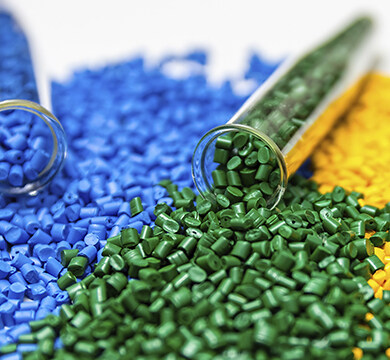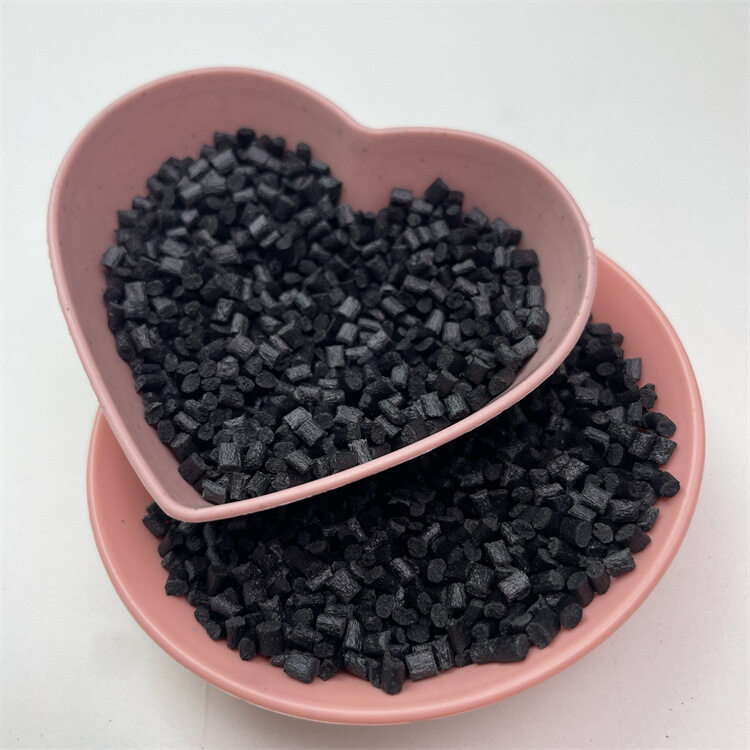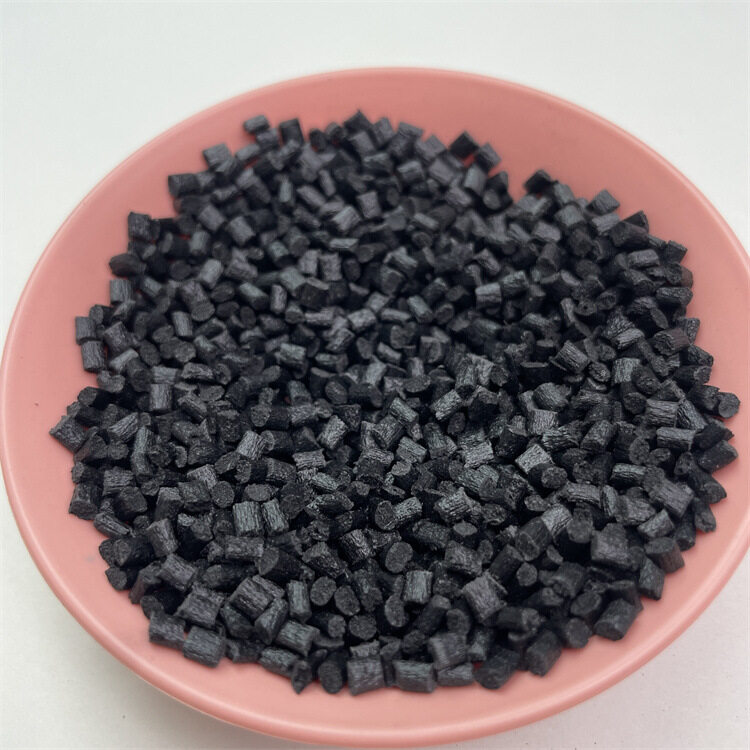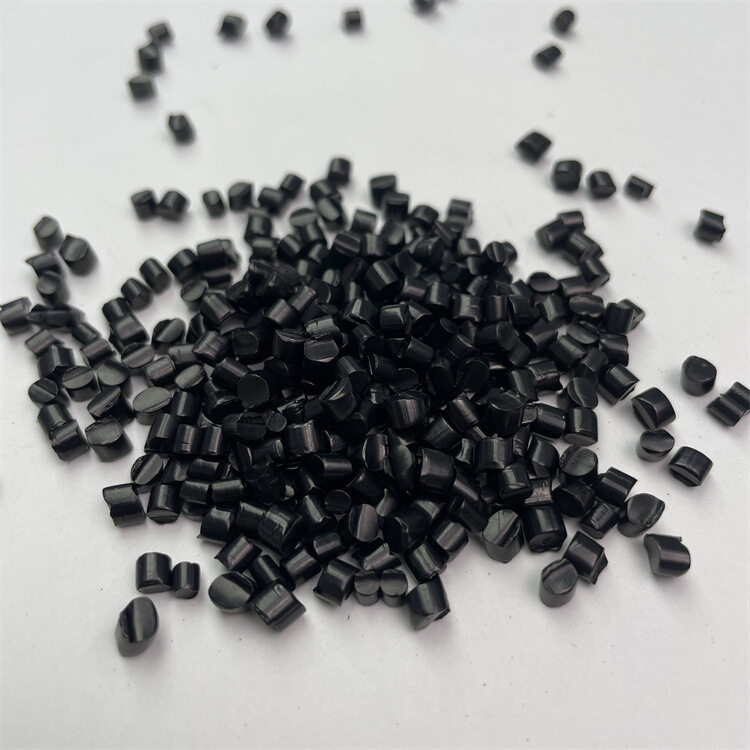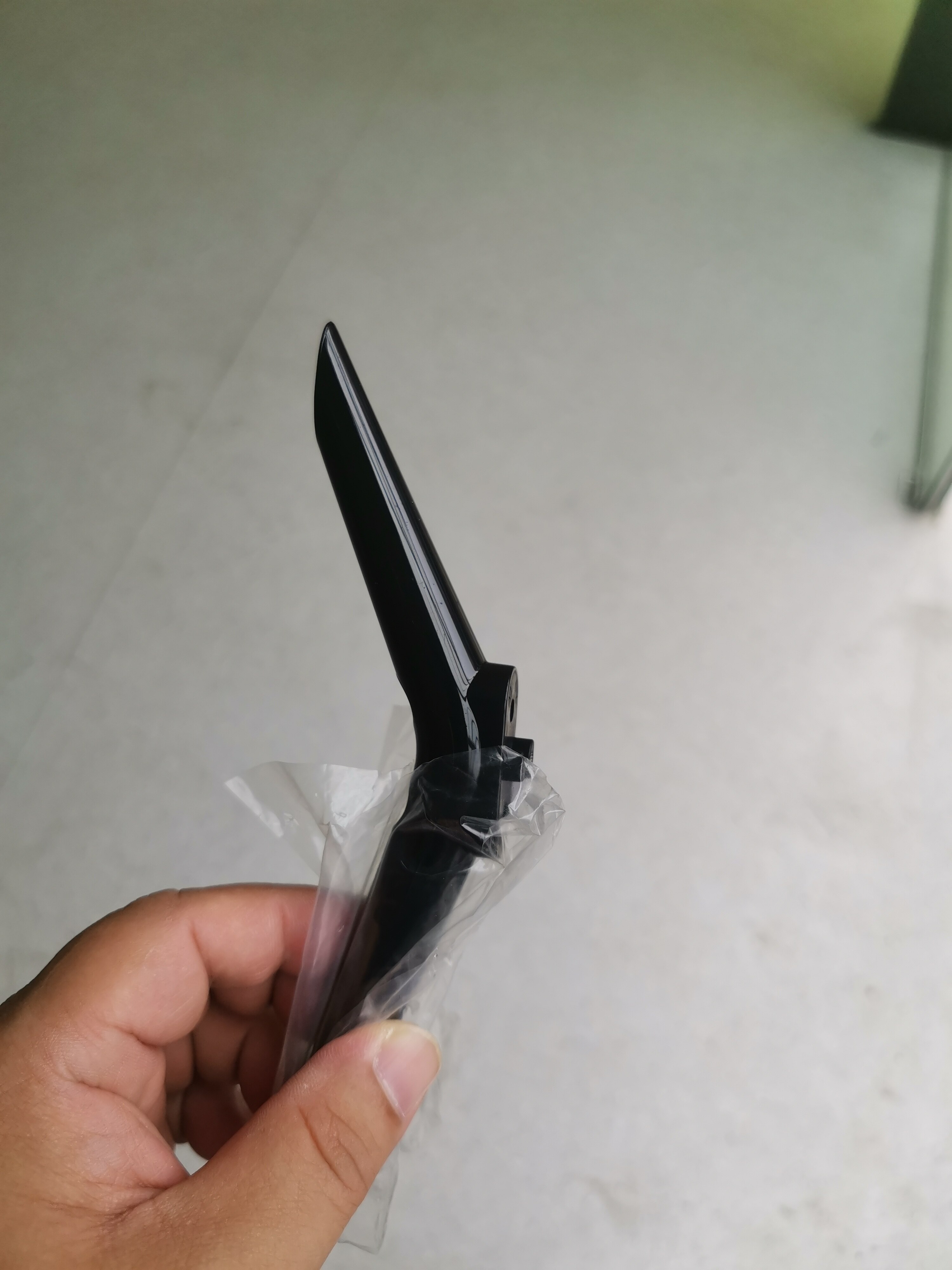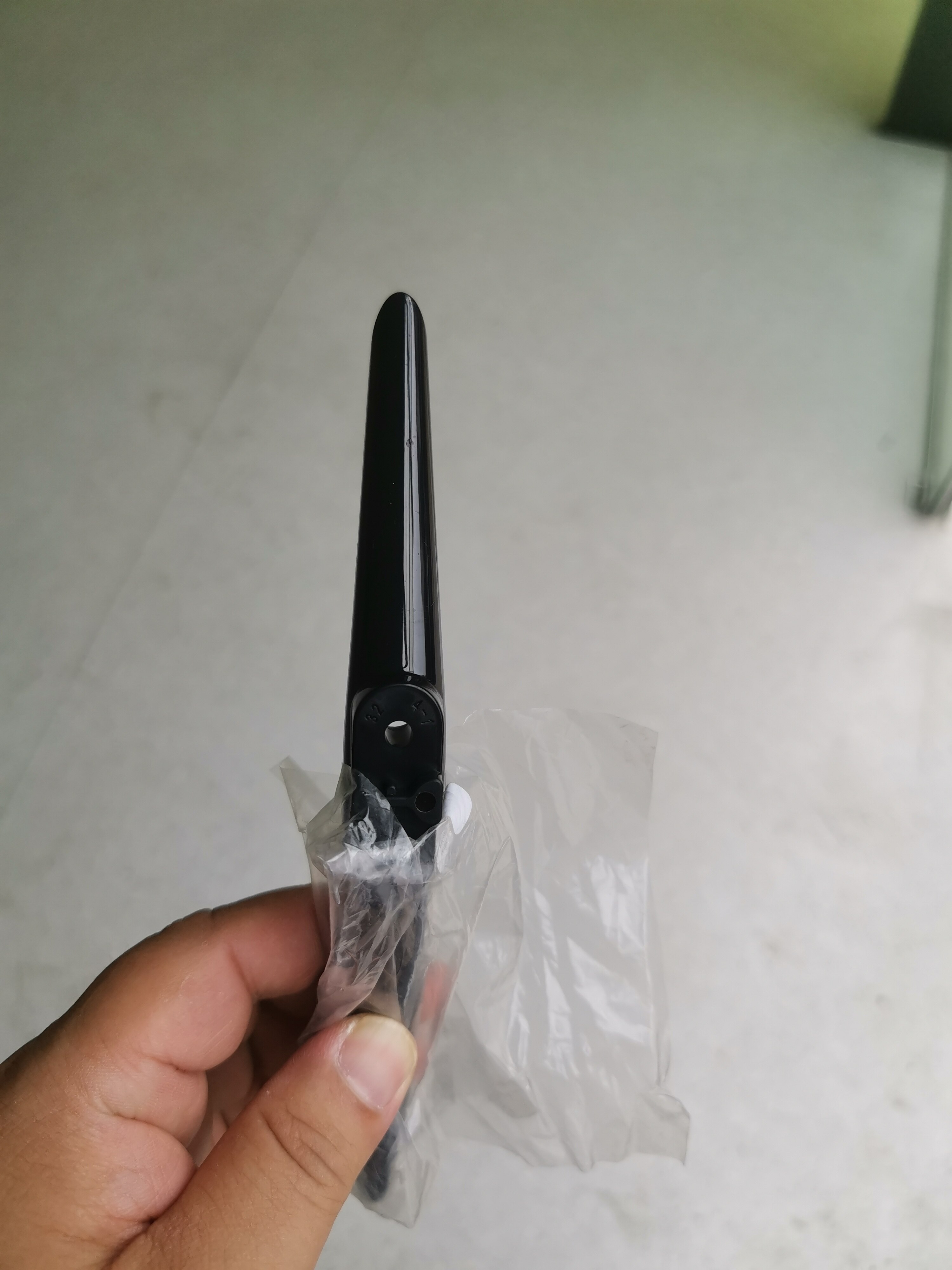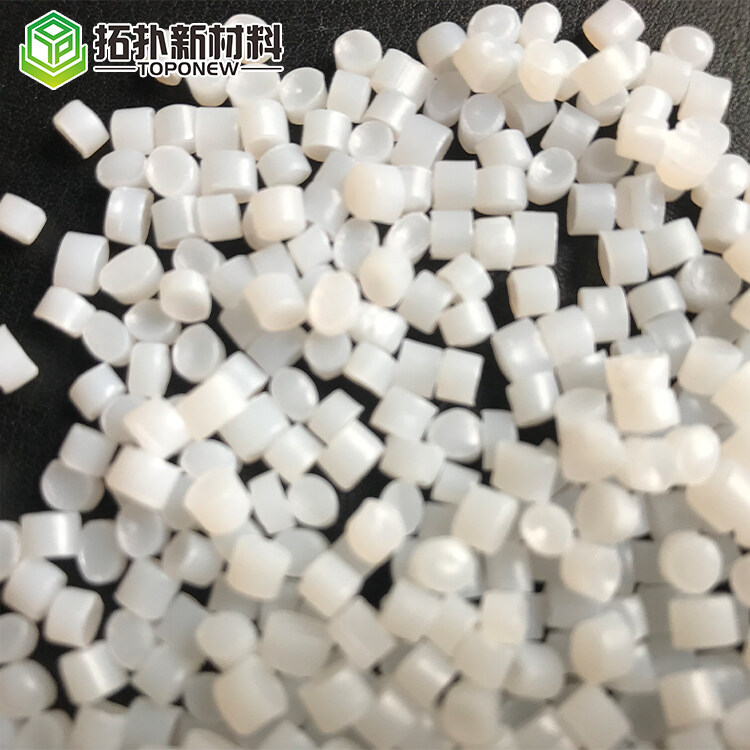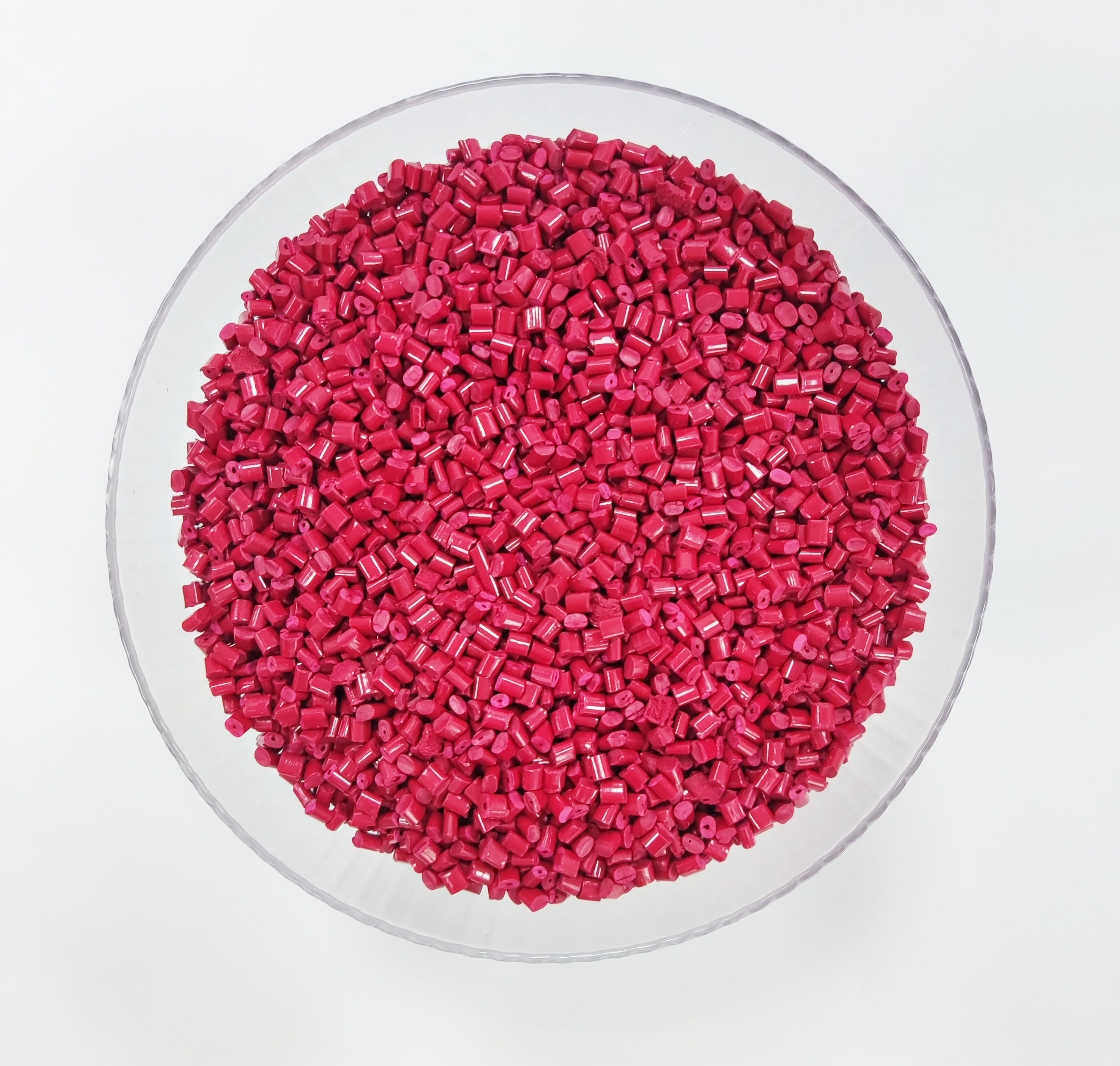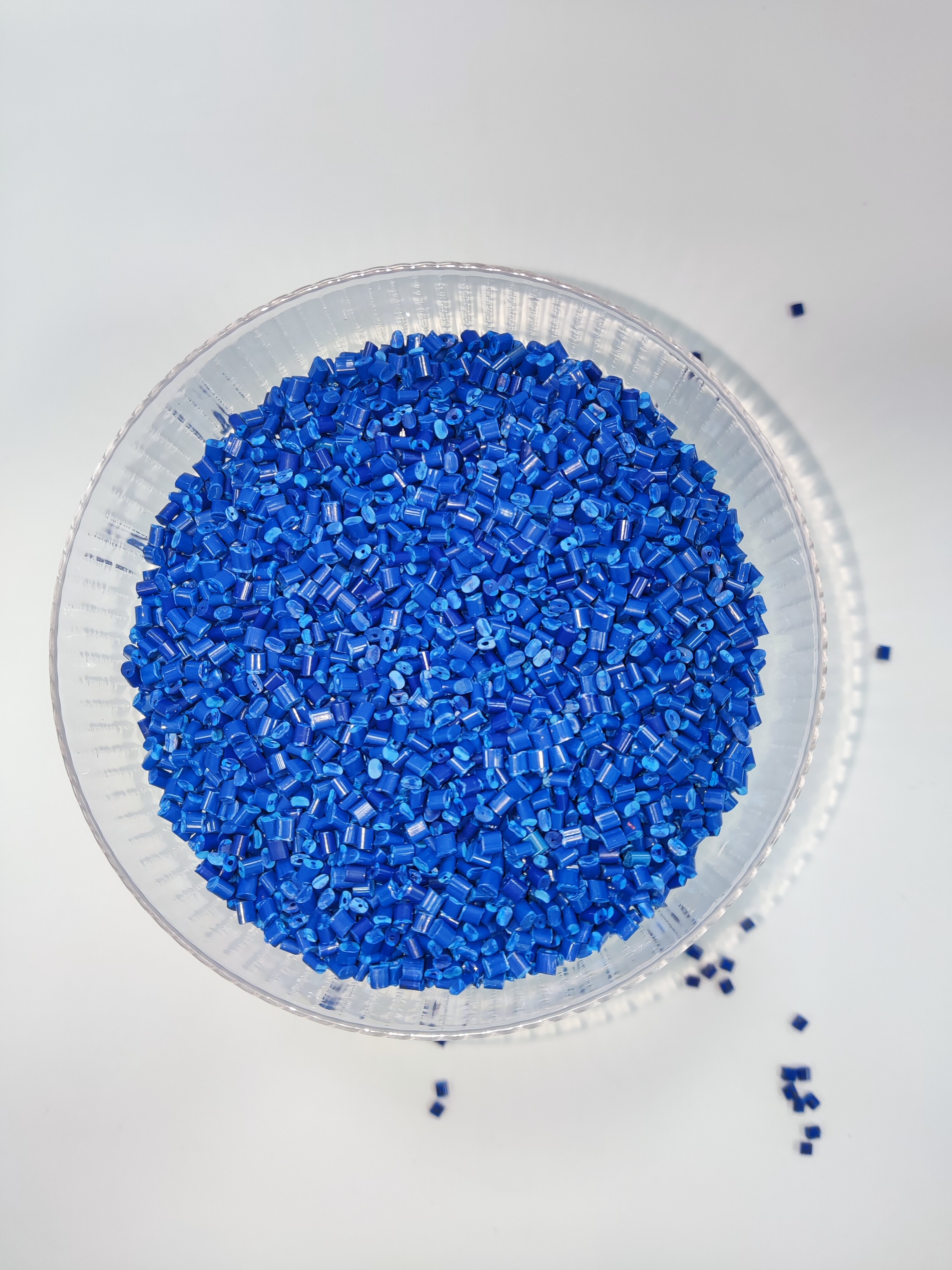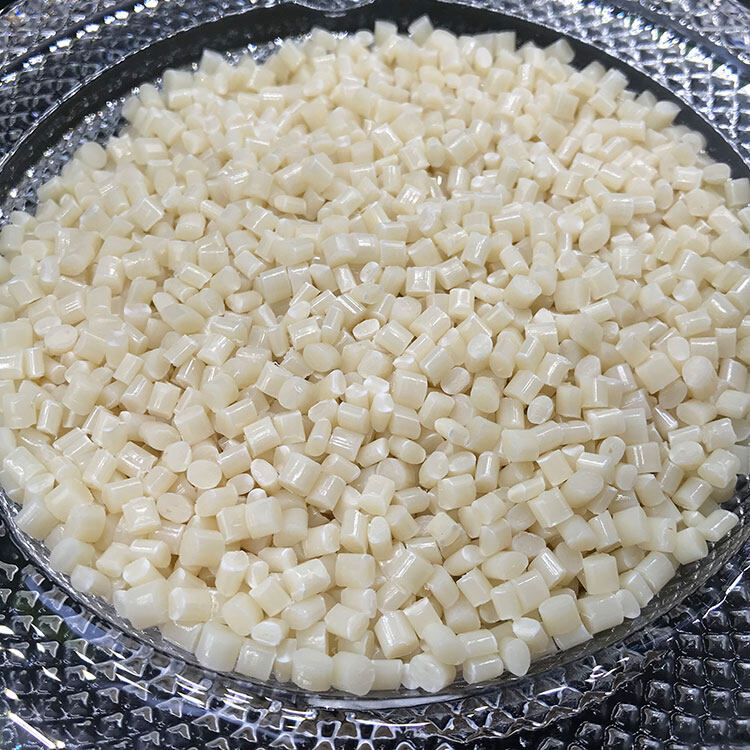Error de formato de correo electrónico
emailCannotEmpty
emailDoesExist
pwdLetterLimtTip
inconsistentPwd
resetAccountPassword
forTheAccount
pwdLetterLimtTip
inconsistentPwd
resetSuccess
resetSuccessTips
login

ABS A07C30BK
ABS A07C30BK
Carbon Filled: 30%
(Custom materials available according to your Technical Data Sheet)
Contáctenos
Inquiry Basket
Código de producto:
ABS A07C30BK
OEM:
Disponible
Muestra:
Disponible
Pago:
T/T
Lugar de origen:
China
Transporte:
Sea freight · Land freight · Air freight
Capacidad de suministro:
3000 ton por Mes
Contáctenos
ETIQUETAS DE PRODUCTOS

